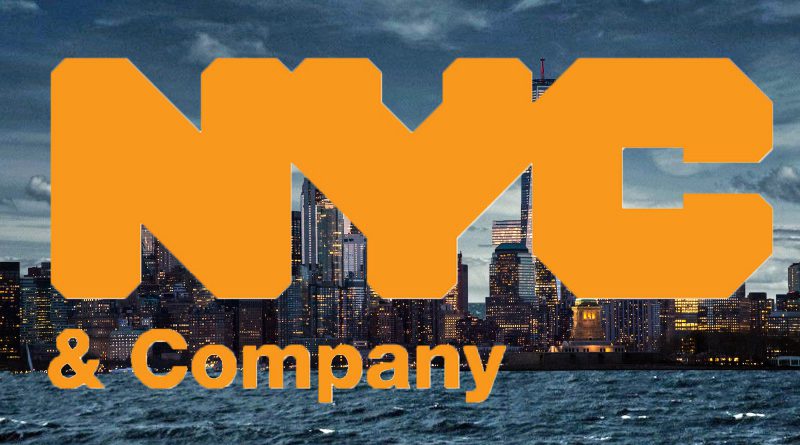NYC & Company – A Complete and Revealing History and More
Background and History of NYC & Company and NYCVB
What is ‘NYC & Company’?
‘NYC & Company’ makes claim to be New York City’s official marketing organization. The organization also describes itself as a DMO, the destination marketing organization for NYC. Putting the grand title aside, the reality may well be that the organization is a really a government PR firm as it receives its agenda directly by the New York City Mayor. This supposedly non-profit organization is akin to a quasi-government body, much like the US Postal Service. It claims to have a mission to develop tourism in New York City by engaging local businesses with visitors and conference planners, but the reality can often be different to that stated.
The organization has provided some organizational value in some initiatives like “Restaurant Week” and “Broadway Week”. However, NYC & Company has been often caught in political firestorms and the organization is often seen as having a many conflicts of interest.
‘NYC & Company’ Began in 1935 and Originally Used the Brand NYCVB
Founded in 1935, ‘NYC & Company’ was previously known under its pre-1999 name, the ‘New York Convention and Visitors Bureau’ or NYCVB for short. The organization’s goal was to increase tourism and encourage convention business in New York City. The organization initially focused on bringing more conventions to the city and creating more space to host those conventions. Although in 1947, as New York became more accessible via new forms of transportation, they amended their focus to include increasing recreational tourism as a key aspect of their organization. This led the NYCVB to open a Visitor’s Center and focus on big events, such as the New York Summer Festival starting in 1954 and the World’s Fair, which the city hosted in 1964.
‘NYC & Company’ Cash and Revenue Sources
Most of the organization’s operating revenue comes one of two sources. The organization makes about $10 Million from business sponsorship and commissions each year. The commissions come primarily from booking hotel rooms for visitors on its own website. The mayor and the NYC government provides about $30 Million a year in operating funding. In addition to providing significant operating funds, the New York City government also allows ‘NYC & Company’ to use NYC government services and resources. Notably, this includes the NYC Law Department for the purposes of contracts, trademarks, and other legal harassment matters.
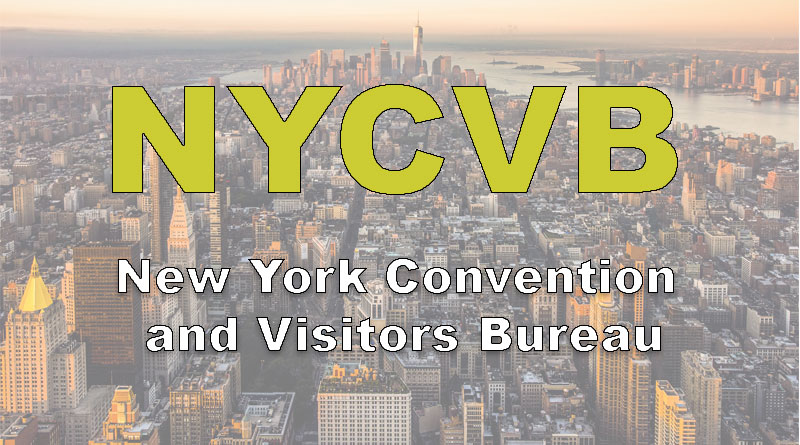
Changing the Perception of the Violent and Dangerous NYC of the 1970s
In 1971, New York City faced a major image problem. This was due to the amount of petty street crime that occurred on the city streets every day. In order to revamp the city’s image, the NYCVB produced a marketing campaign focused around “The Big Apple”, which was a reference to a popular prize at local New York racecourses. The NYCVB used the symbol to represent New York City and produced stickers and badges featuring the moniker. The campaign aimed to change both visitor and local perceptions of the city. During this time the train and bus terminals were urine-infected, there was a complete lack of trash removal and the streets were violent and unsafe. Due to this, the City had garnered nicknames such as “Fear City” and “Stink City”.
“The Big Apple” Campaign helped change the many negative opinions of New York City, even though the reality may have still been quite bad. New York City hosted the Democratic National Convention in 1976 and, afterward, experienced an increase in recreational tourism despite the city’s worsening financial health and political quagmire. In response to the Big Apple campaign, New York State created the iconic “I Love NY” campaign in 1977. Their goal was to leverage the success of the New York City campaign.
NYCVB Markets New York City to International Travelers
The goal of improving public perception of NYC continued into the 1980s. At the time, NYCVB was still under the guidance of President, Charles Gillett and Chairman, Preston Robert Tisch. Both men had held their respective positions since the mid-1960s. In the eighties, NYCVB commissioned several dozen photographs depicting romanticized portraits of city life in New York. NYCVB intended to use them in promotional material in order to manufacture a different image of New York City. This, along with their previous campaigns, highlighted that NYCVB essentially operated as a public relations or advertising office for New York City.
NYCVB’s work tended to not focus on bolstering or supporting local businesses but on advertising and marketing. Representatives even went as far as to travel to Europe to increase international tourism. NYCVB’s goal was to convince travel agencies that, despite the rising crime, drug epidemics, innumerable pornography shops, and a city bankruptcy, the media was actually to blame for the poor perception of New York City. Rather than actually help the people of New York City or being active in revitalizing the local economy, their plan was to encourage people to come to their romanticized version of New York City, as long as they stayed well below 42nd Street.
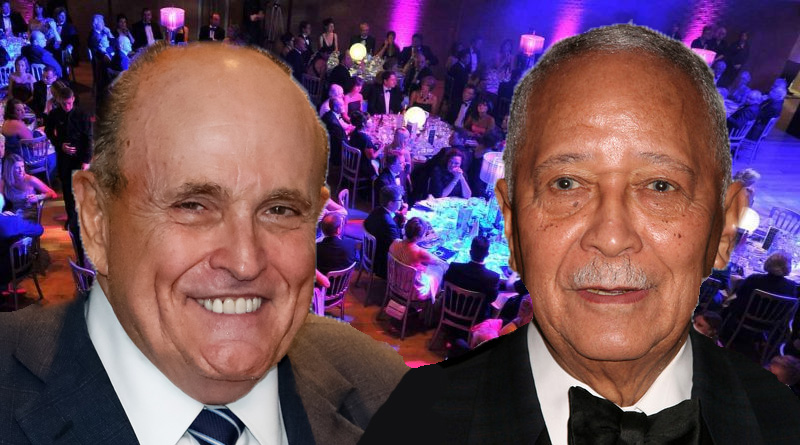
Mayor David Dinkins Revitalizes NYC and Saves the NYCVB Organization
In the 1990s, New York City was again working to alter its public perception. There was a brief rise in tourism in the 1980s. But, without any substantial or long-lasting efforts to address the myriad of problems New York City was facing, the short spike was just a blip on the tourism radar. The NYCVB did little to address the root problems of New York City and, instead, continued to focus on marketing.
The Mayor from 1990-1993, David Dinkins, began addressing this problem in several ways. Dinkins attempted to use business growth to revitalize the city. He started NYC’s famous “Fashion Week” and “Restaurant Week”. Dinkins brought Disney on Broadway to Times Square and negotiated a landmark deal with the US Open. He even reinstated city funds for the NYCVB after they briefly lost funding to operate. Dinkins’ mayoral successor, Rudolph Giuliani, took a slightly different approach.
NYCVB Works with Mayor Giuliani to Further Alter Public Perception of NYC in 1994
When Giuliani took office in 1994, he sought to solve the issues of tourism and the local economy differently. Giuliani aggressively cracked down on crime and worked closely with the NYCVB. At the time, the NYCVB still acted more like a PR firm hired by the mayor. Mayor Giuliani, Steve Morello, President of the NYCVB from 1995-1998, and Paul O’Neill, then Chairman of the Board at the NYCVB, held several disastrous press conferences that still failed to address the root cause of NYC’s problems. At these press conferences, Morello emphasized a specific focus on “leisure visitors”. Morello was completely out of his depth with the war torn neighborhoods of NYC.
In 1997, the three were present at another press conference to announce the creation of the “Millennium Committee”. This committee would spearhead all events related to the approaching Millennium. It was clear that the NYCVB was working hard to alter the negative public perception. Notably though, the press and media realized that the plan was devoid of any substantial action to actually revitalize New York City. The emperor’s new clothes had been exposed.
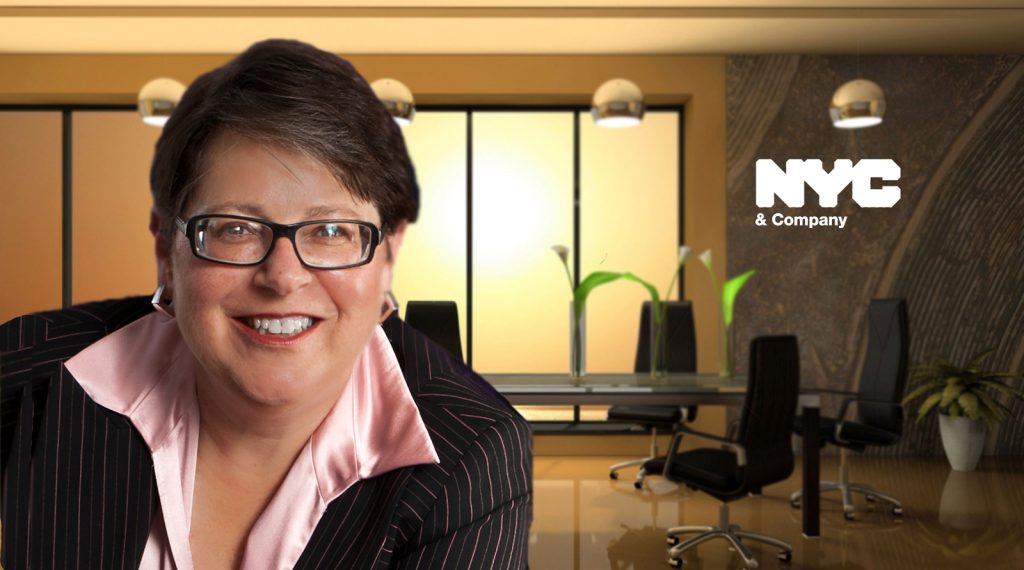
NYCVB Changes Its Name to ‘NYC & Company’ in January 1999
After a great deal of planning, the organization formerly known as the NYCVB announced in January 1999 that they would change their name to ‘NYC & Company’. The name change became fully official in September 1999. The President and CEO at that time, Fran Reiter, coordinated this change as a way to expand the organization’s focus. Shifting from focusing on conventions and tourism, which the name NYCVB had represented, to New York City as a whole. ‘NYC & Company’ now planned to promote international business, corporate business and promoting New York City, not just as a place to visit but as a place to live and work. Fran Reiter held her position as President of ‘NYC & Company’ until September 1999. She passed the role to her former colleague in the NYC mayor’s office, Cristyne Lategano.
Management of NYC & Company
Over the next 20 years there were then a number of senior people in management roles at NYC & Company. Please read the breakdown of management team past and present. During this period there were many successes, but a few missteps that cost NYC dearly.
NYC & Company Fairs Poorly During COVID-19
During COVDI-19, NYC & Company faired poorly with its focus on PR spin rather than real and practical results. The management team failed to steer the organization in any tangible direction and it quickly became evident that he organization is little more than a group of city hall sycophants. The Mayor Bill deBlasio was a complete failure during this time and NYC & Company were only too happy to climb into his grave.
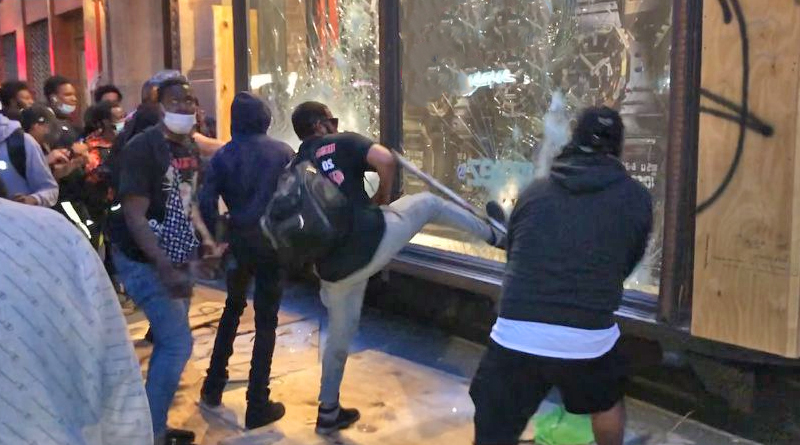
False Representation of Implied Safety by NYC & Company During Pandemic 2020
In July 2020, NYC & Company were busy promoting the virtues of visiting New York City to potential foreign tourists. This was during the time that there was regular rioting and looting in Midtown Manhattan and murders were up citywide by 49%. At this time, the NYC police force was also being defunded by the Mayor. The city was forced to mandate 8pm curfews citywide to reduce crime. Many NYC Citizens were scared to leave their own homes for the lawlessness on the streets. The international epicenter of the COVID-19 Pandemic was NYC. A huge 25% of NYC residents had already left the city and may not come back. NYC was a ghost town and NYC & Company lied to the people at every opportunity.
False Representation of Safety in 2021
In March 2021, NYC & Company were busy promoting that the “five boroughs are now (safely) open for business”. This was happening all while there was a scourge of hate crimes happening all over the city against Asians. The New York Subway had become a no-go zone and violent attacks on the subway were up 500%. People were getting pushed in front of subway trains on a weekly basis. In some cases people died and many had lost limbs. Times Square became a violent dead zone and the defunded Police were nowhere to be found. All the while, and asleep at the switch, NYC and Company were busy promoting “Restaurant Week”. They ignored all the issues of personal safety, violence and danger.
NYC & Company Demonstrated Poor Judgement Under Fred Dixon and Charles Flateman
‘NYC & Company’ clearly demonstrated their lack of care for residents and visitors personal well being and safety. When they put their own agenda ahead of the safety of others, there is a fundamental problem. Many people see the leaders of the NYC & Company of having questionable, if not corrupt, ethical values. This perspective has now become clearer during the pandemic. Others may see Dixon and Flateman as professional liars. Fred Dixon and Charles Flateman continue to lead this organization that reflects their appalling ethical values.
Misuse of City Government Services
NYC and Company gets to use NYC government services for free, which includes the NYC legal department. One such inappropriate use of this division was the lawsuit against the owner of nycvb.com. The nycvb.com website was owned by a separate corporation. NYC & Company wanted it and used the huge resources of NYC government in 2020 to attempt to get it.
Read More About This Lawsuit
